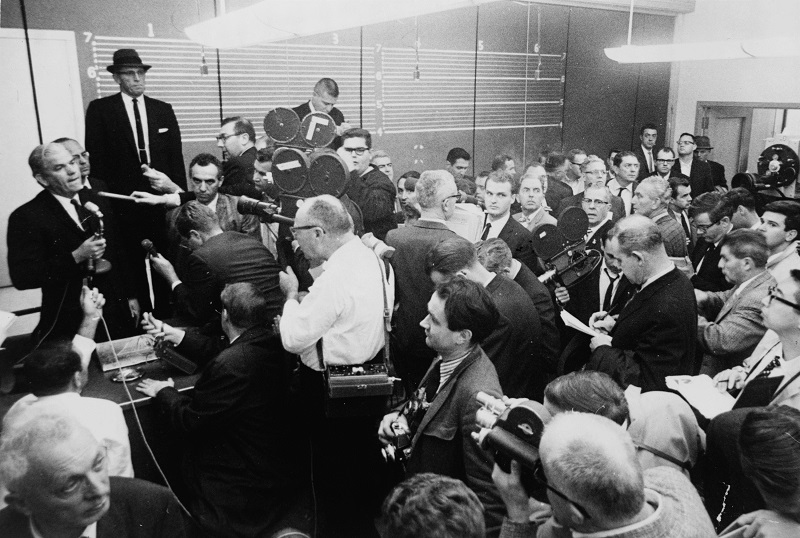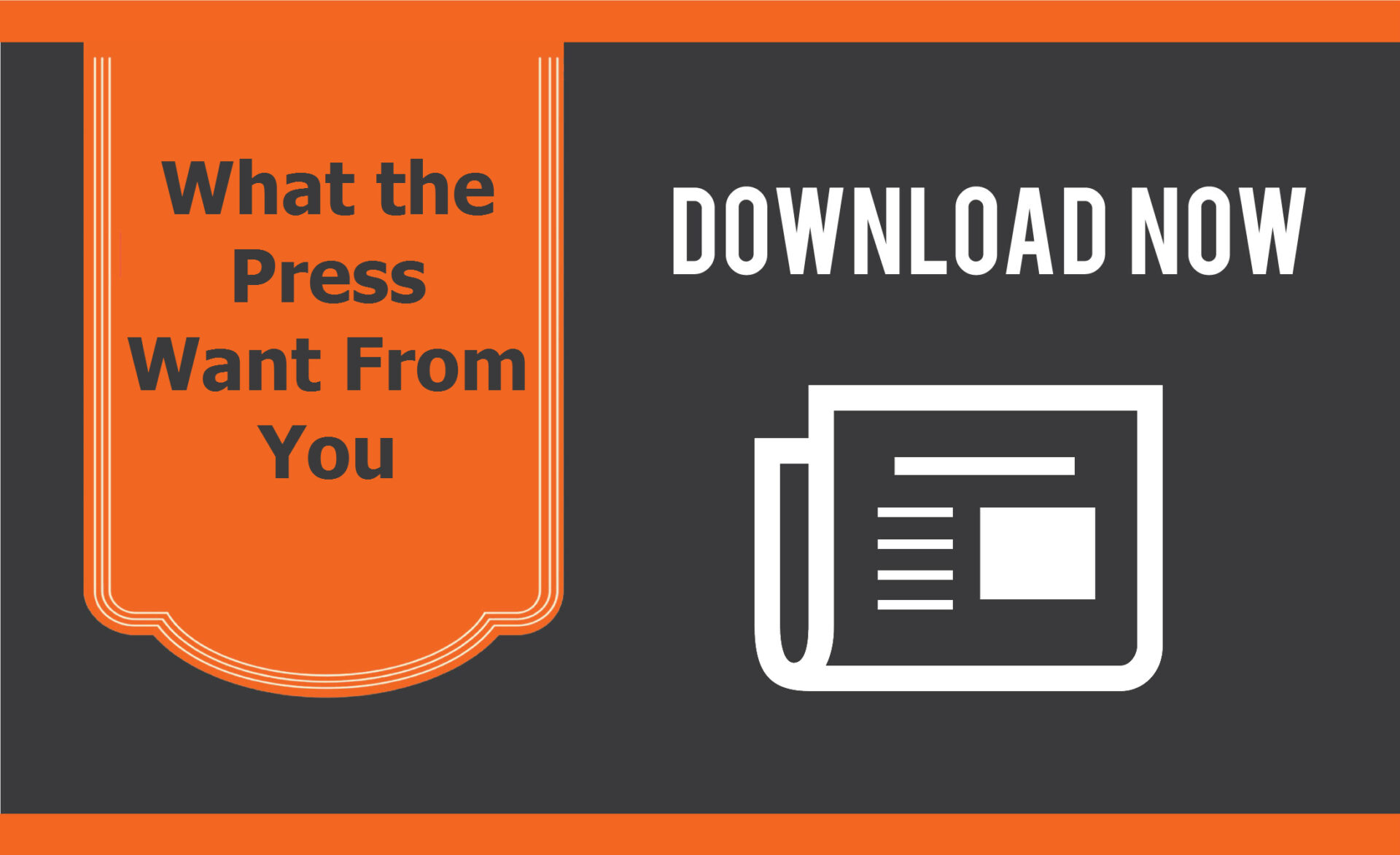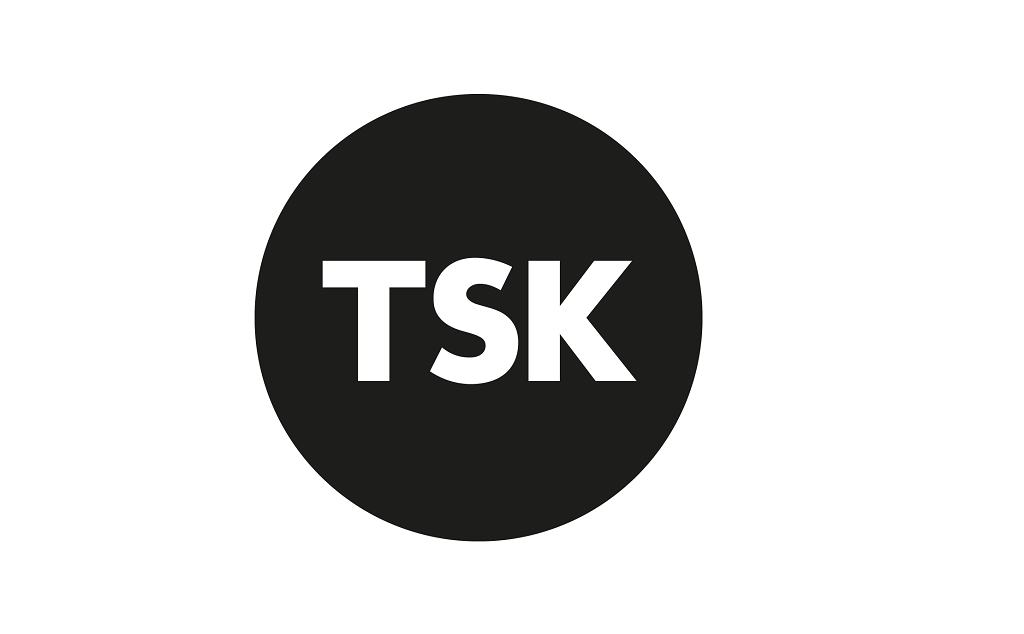Write a B2B press release that generates coverage: 10 Top Tips
Writing a press release would seem on the surface to be a simple task and business owners can often be excused for thinking that it's something that can easily be produced without the use of a PR advisor (whether external or in-house), after all its just talking about your business, right?
 The truth is, to write an effective business to business (B2B) press release that not only results in coverage but also helps to build relationships with journalists rather than hinder them is a skill and something which can take time to perfect.
The truth is, to write an effective business to business (B2B) press release that not only results in coverage but also helps to build relationships with journalists rather than hinder them is a skill and something which can take time to perfect.
In this guide, we'll examine the anatomy of the perfect release and give you some useful tips on how to structure and distribute a B2B press release for optimum results.
Before you can write an effective press release, you need to understand what one is and what role it plays in generating publicity for your business.
So, what is a press release?
According to the Chartered Institute of Public Relations' (CIPR) PR Dictionary, a press release (or news release) is:
"A statement describing an event or item which is considered to be of sufficient interest to readers/viewers/listeners for an editor to publish reference to it."
Sounds straight forward enough? Well yes, but key to understanding this definition properly is taking on board the role of the editor in the process and appreciating what each individual editor would deem to be of 'sufficient interest' to their readers – something which is all too often overlooked when writing press releases.
This leads us nicely on to our first top tip:
Know your target media
Journalists dislike nothing more than receiving a press release that is completely irrelevant to the focus of their publication, what they are writing about or what their readers are interested in. If you take nothing else from this post, remember to at least read the publication you are targeting or visit their website before contacting a journalist.
A quick glance through its news pages will give you an invaluable insight into what a publication deems to be newsworthy and help you to bypass what could be an embarrassing exchange with a journalist that can often prematurely damage relationships.
 Checklist for press release success
Checklist for press release success
Don't be subjective: A press release is supposed to be factual. Littering your press release with adjectives and adverbs such as: "our ground-breaking new product", "unrivalled service" or "stunning architectural gem" will only discredit the 'newsworthiness' of the story.
The credibility of a story should be evident without having to 'flower it up' too much and if you are struggling to find the angle, perhaps you should consider whether a press release is the most appropriate format for this announcement.
Maybe you need to speak to the journalists and sell in the story over the phone to get its more emotive side across, or perhaps it doesn't warrant a news release at all. Think about up-loading it to your website and promoting it through social media channels instead.
Keep it brief: If they aren't interested after the first two paragraphs, they're not likely to be by the end of a two-page ramble. Keep your copy succinct and make sure the most important point is featured up front and centre, so the journalist doesn't dismiss your release prematurely.
Get to the point: We're all busy people, so don't expect journalists to sift through your news release to find the angle. You should provide enough detail for a journalist to write up the story there and then, but if they want to make more of it they will know that they can request an interview or further detail after reading the release, so don't feel you need to cram every perceivable angle in.
Do exactly what it says on the tin: A succinct heading that tells the journalist what to expect from the release, with a sub-heading if necessary to give more detail, is much more effective than a pun-filled or overly-contrived title. Although these can be eye-catching, you run the risk of disappointing the journalist when they open it and realise it's not as exciting as the title promised.
So what, who cares? When writing a press release, ask yourself why the journalist or their readers should care about this story – why is it relevant to them? If you set out the announcement that'll interest a journalist in your covering note, they are more likely to scroll down or open the attachment.
Don't add unnecessary barriers: Large attachments and fancy formatting can often act as a barrier to journalists, especially when considering the high volumes of emails they receive throughout the day.
Make it as easy as possible for them to get the information they need as quickly as possible and if this means ditching the highly-designed and 'on-brand' press release template and opting for copying the text into the body of an email instead, then sometimes that's best – especially if it increases your chances of coverage.
Always present the most newsworthy angle: It is very easy for PR advisors to fall into the trap of trying to please their client by writing a press release for every CSR initiative and charity event they hold. If the 'golden rule' of knowing your target media is to be followed, then sometimes it's ok to say that something is just not newsworthy.
In this day and age, we're lucky to have many other platforms for sharing our content, so rather than going to the trouble of drafting and getting approval for a press release that is going to be a 'hard sell' – a social posting can often have the desired results within a much more cost-effective timescale.
 Make your quote original: The quote should provide a stand-alone sound bite that, if taken from the press release, still makes sense in its own right, so don't be afraid of repeating some of the messages already stated in the main body of the release in the quote.
Make your quote original: The quote should provide a stand-alone sound bite that, if taken from the press release, still makes sense in its own right, so don't be afraid of repeating some of the messages already stated in the main body of the release in the quote.
Give your quote some thought and make it insightful. If your comment doesn't add something worthwhile to the release, then sometimes it's best not to include one.
Illustrate your point: If you have an image to go with the story, send it with the release. It saves time and when the story is particularly timely, it increases your chances of getting coverage as the journalist won't have to waste time going back to you to ask for an image. However, always make sure it's of sufficient quality for use both off and online formats.
Anticipate the inevitable: Journalists are trained to ask questions, so when you issue an interesting release, you can almost certainly expect to hear from the journalist again.
When you send out a press release, don't disappear to a meeting straight away. Make sure that a key contact is available to field enquiries because, if a journalist is interested in covering story, they will inevitably have questions.
Equally, there are often details that the client doesn't want to mention in a press release. If you have purposely left these details out of a release, tell the journalist that upfront in your covering note.
It saves them coming back to you to ask for the additional detail and also demonstrates in the process that you understand what they require for a story and have advised your internal team accordingly, even if you still aren't able to release the details they have asked for.
What Next?
If you have any suggestions we'd love to hear from you. Leave us a message in the comments or give us a shout via Twitter .
And if you're looking for more tips on gaining coverage for your company news, look no further. We asked six property journalists, including Place North West's very own Paul Unger, about their pet PR peeves and the best way to sell-in stories. Simply hit the button below to find out what advice they had to give:
|
|
|
|
|
|
|
|
|
|
|
Images used courtesy of jstudentboard.com, mountain view marketing and business to community.
Selected industry experts bring you insight and expert advice, across a range of sectors.
Subscribe for free to receive our fortnightly round-up of property tips and expertise
Selected industry experts bring you insight and expert advice, across a range of sectors.
Subscribe for free to receive our fortnightly round-up of property tips and expertise






